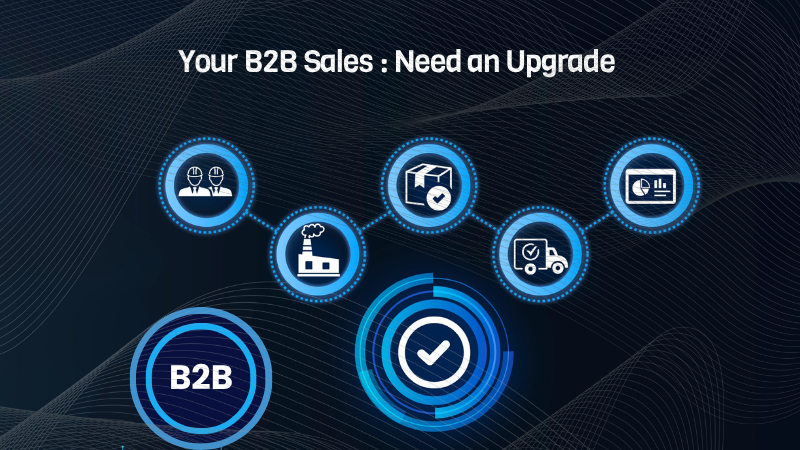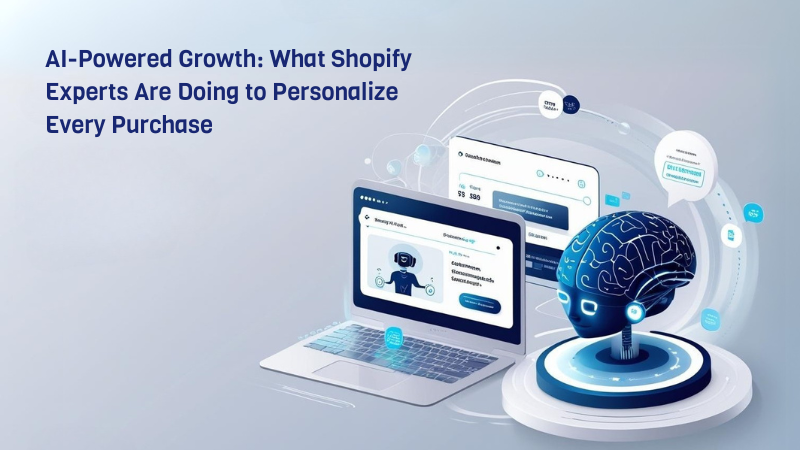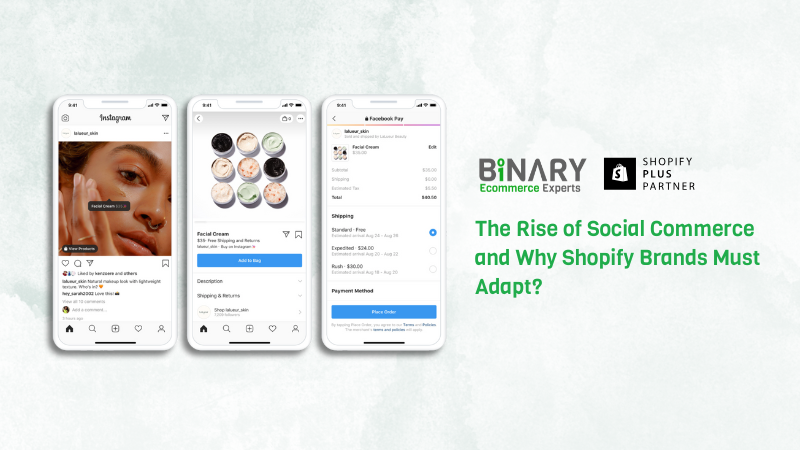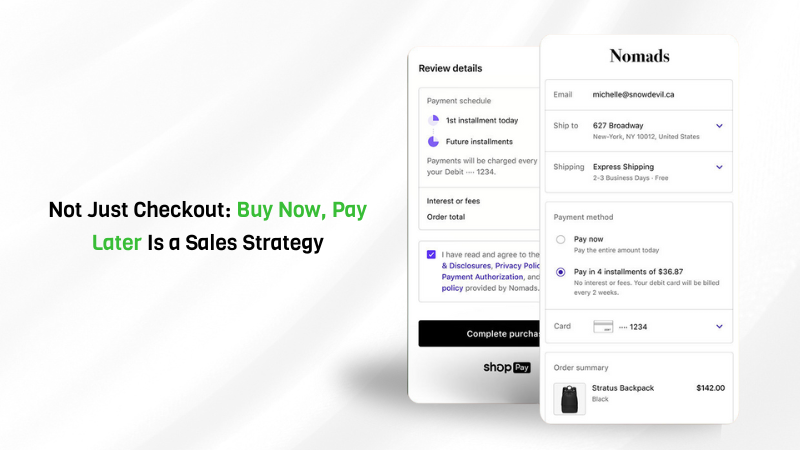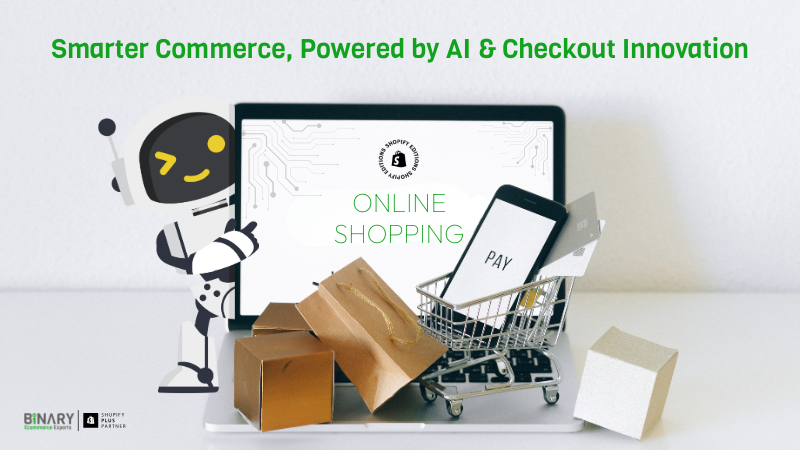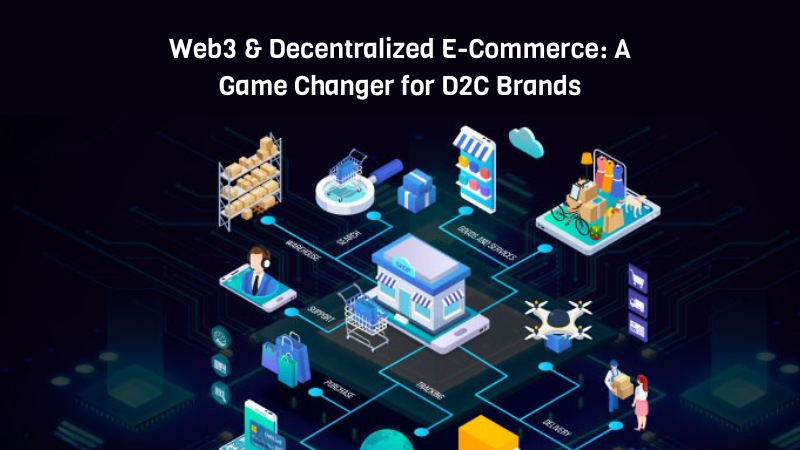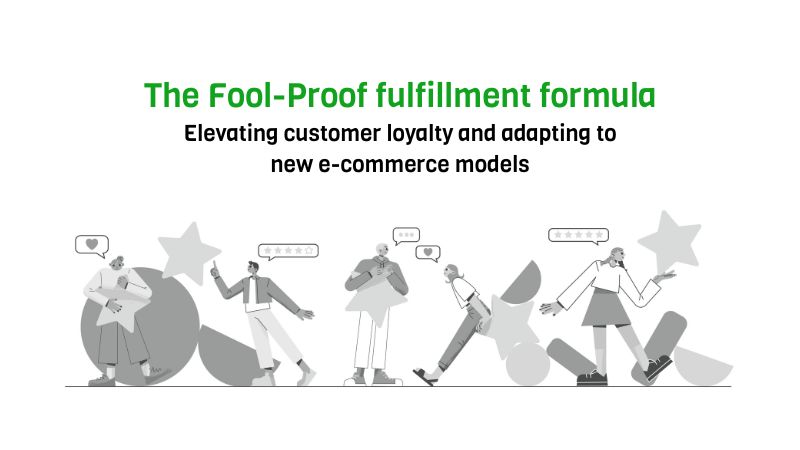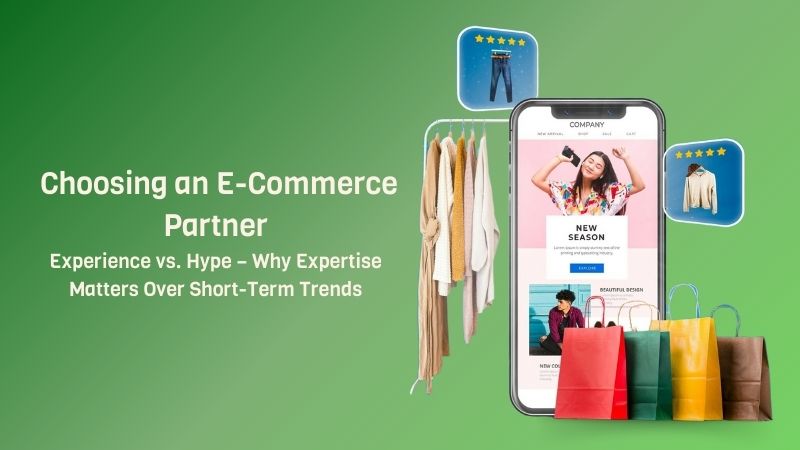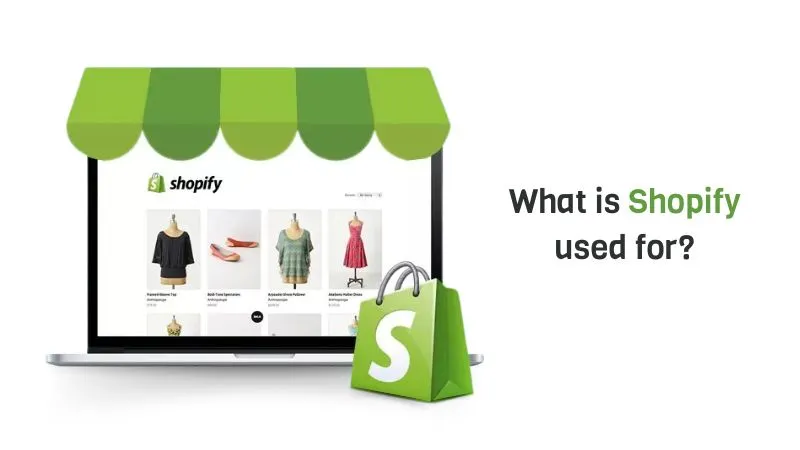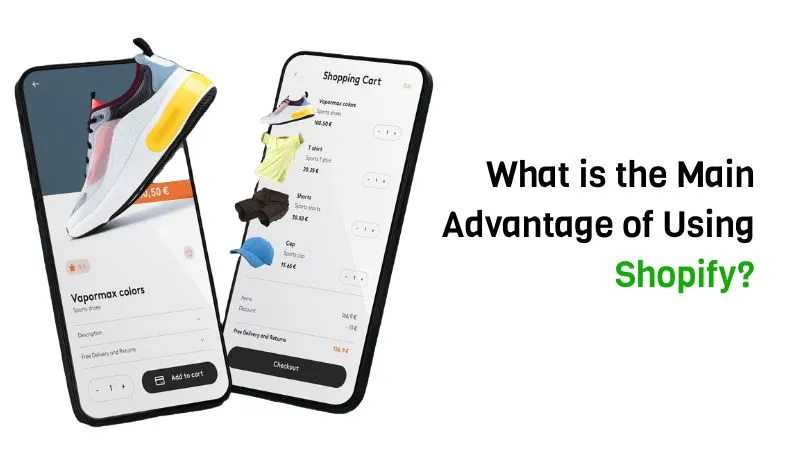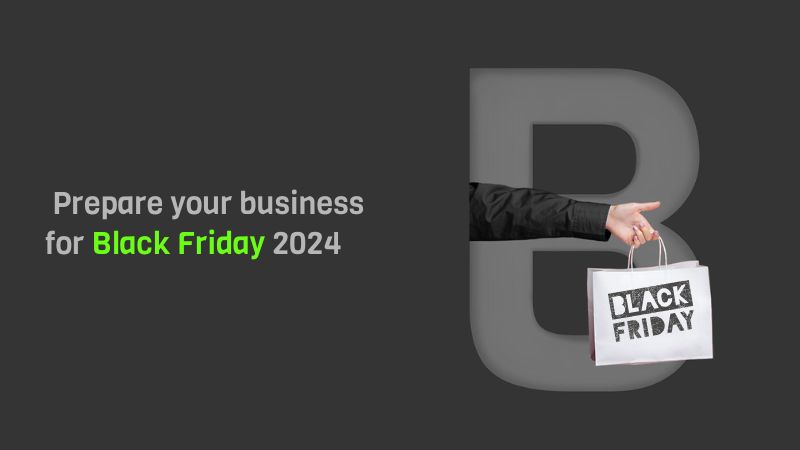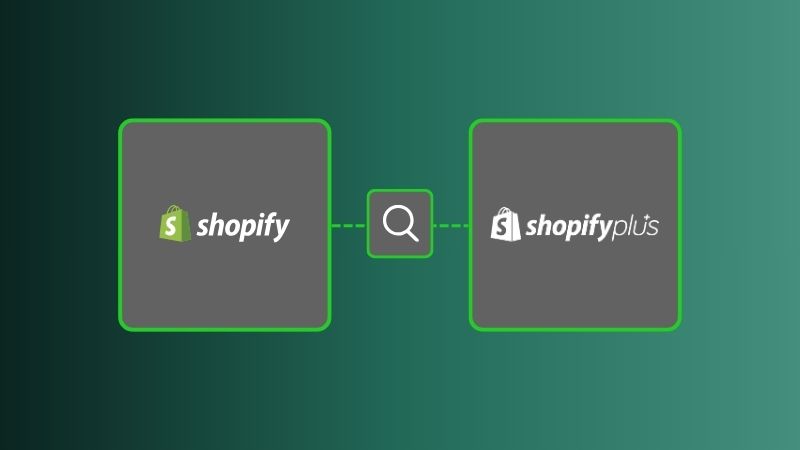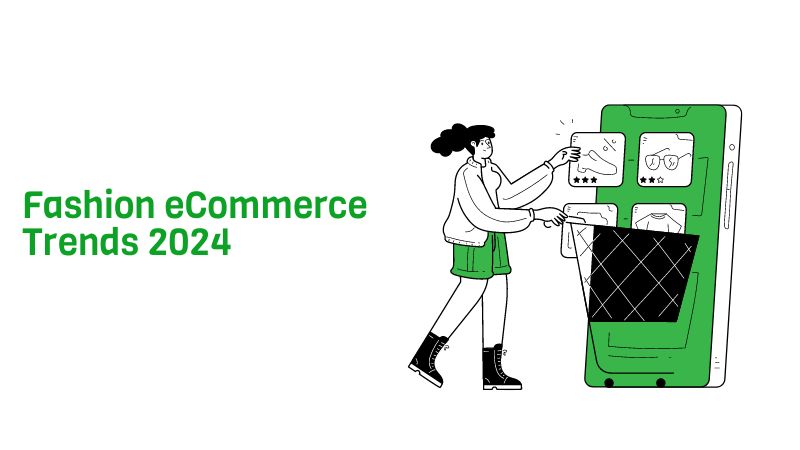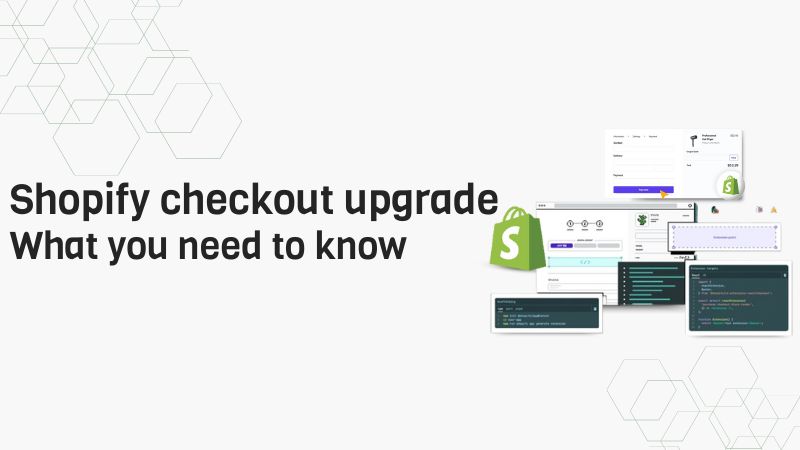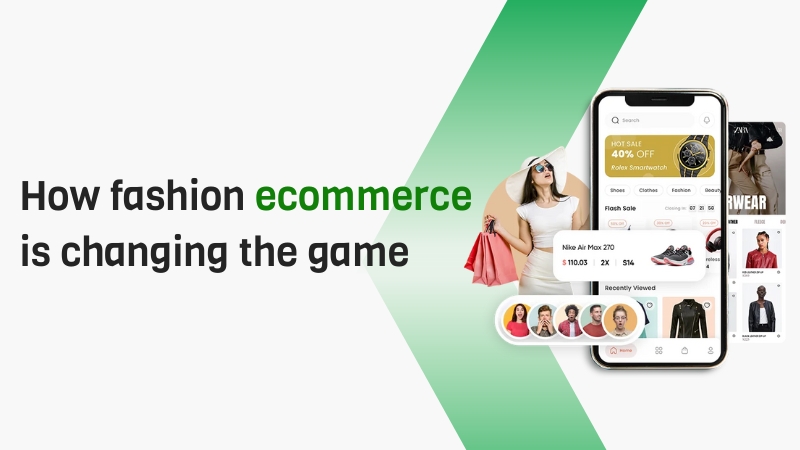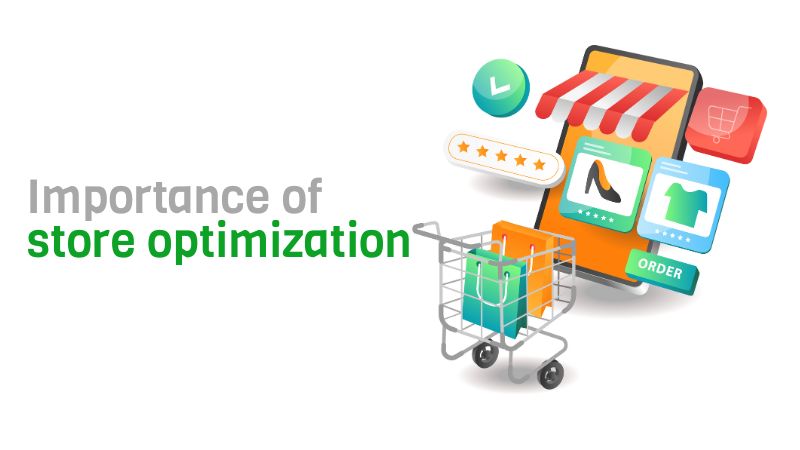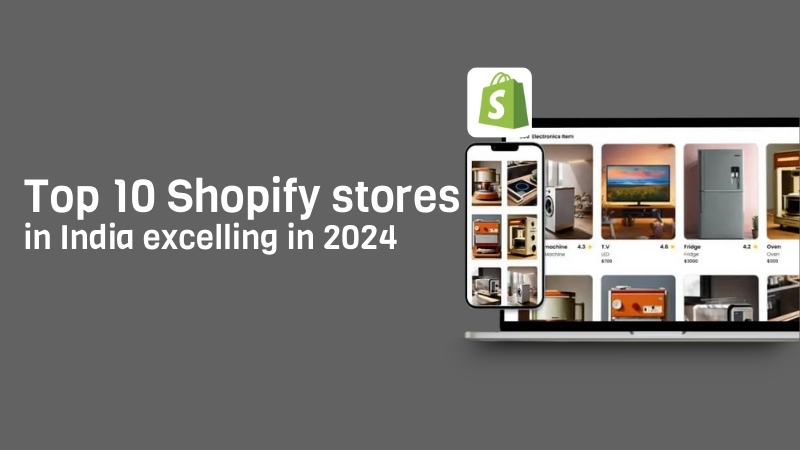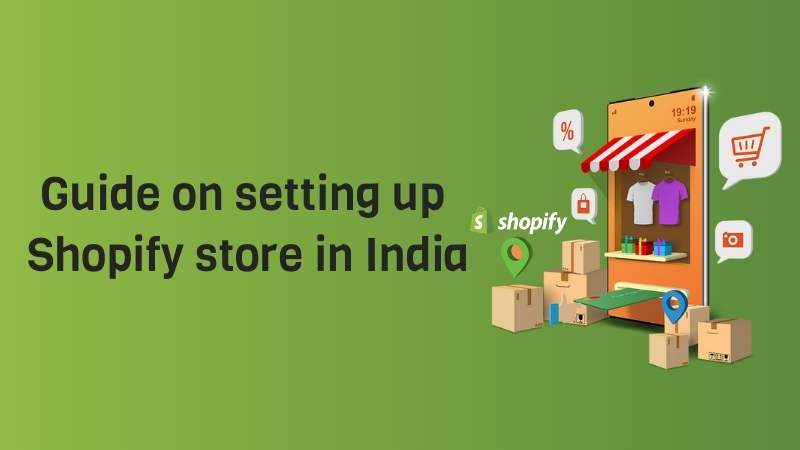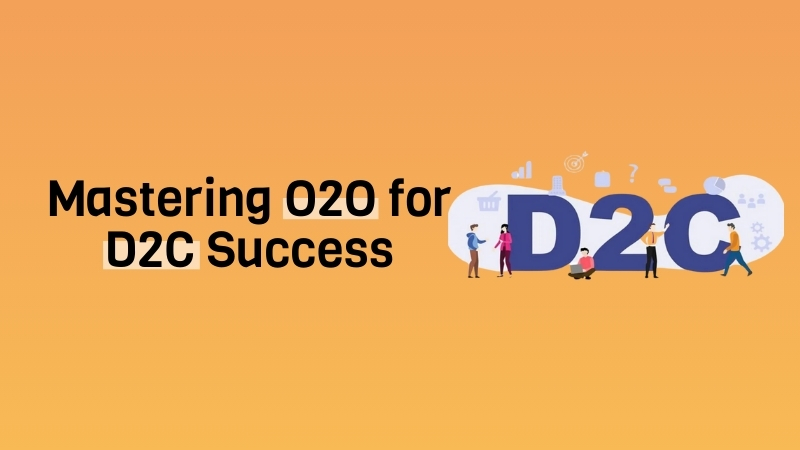For decades, B2B transactions were powered by handshakes, catalogues, and cold calls. But the game...
Category: Ecommerce
In today’s competitive e-commerce landscape, shoppers expect more than just a seamless checkout—they want tailored...
It’s a Saturday evening. A customer is browsing your Instagram page on her phone. She...
It starts subtly—maybe with a product you looked at once. A sleek jacket. A set...
In the ever-evolving world of e-commerce, success is rarely a stroke of luck—it’s a result...
Social commerce is no longer just a buzzword — it has become a...
We’ve seen it countless times. A shopper browses your store, adds to the cart, and...
In the fast-moving world of e-commerce, static product pages and paid ads are losing their...
Imagine this: You’re running your E commerce business with the precision of an enterprise and...
Imagine unlocking a toolbox with 150+ brand-new instruments — each one crafted to make your...
In today’s competitive retail landscape, where customer journeys zigzag across apps, stores, and screens, brands...
Every click matters in today’s digital commerce landscape. However, no moment is more crucial than...
Comparative Analysis: D2C Checkout Flows That Drive Conversions A seamless checkout experience can make or...
The e-commerce landscape is evolving, and Web3 is at the forefront of this transformation. As...
E-commerce is evolving beyond static product images and videos—2025 is the year of interactive shopping....
Voice commerce is no longer a futuristic concept—it’s happening now, and it’s reshaping e-commerce at...
The Future of Shopping: Smart, Seamless & Personalised Imagine walking into your favourite store where...
In the fast-paced world of e-commerce, order fulfillment is a critical component that directly impacts...
Imagine this: You walk into your favourite coffee shop, and instead of paying per cup,...
The e-commerce world is fast-moving and unpredictable. What seems like a solid strategy today can...
E-commerce is no longer just about selling—it’s about scaling, optimising, and staying ahead of the...
The e-commerce landscape is evolving rapidly, and brands are under pressure to scale efficiently while...
In the fast-paced world of e-commerce, brands often get caught up in flashy promises, rapid...
In the dynamic world of e-commerce, brands often chase short-term gains—rapid expansions, viral trends, and...
In the world of e-commerce, agility matters. However, so does stability. While brands often seek...
What Is E-Commerce Web Development?
Categories
E-commerce web development refers to the process of creating and designing an online platform where...
Artificial Intelligence (AI) AI for Shopify can significantly improve the customer experience on your Shopify...
In the era of artificial intelligence (AI), eCommerce is transforming faster than ever before. As...
Building a Shopify store that reflects your brand and meets your business goals often requires...
Shopify is a robust eCommerce platform designed to simplify the process of creating, managing, and...
In the ever-expanding world of eCommerce, choosing the right platform for your online store can...
Shopify is one of the most popular eCommerce platforms, providing a seamless way for businesses...
In Shopify, creating separate UAT (User Acceptance Testing) and Live environments is quite straightforward due...
Did you know? Businesses with a mobile app have seen up to a 30% increase...
Did you know? In 2023, U.S. shoppers spent a record-breaking $9.8 billion on Black Friday...
Did you know that Shopify powers over 4 million ecommerce websites globally, but only a...
Business expansion is on every company’s vision, but adopting the right strategies and using the...
A Growing Ecosystem Surat, traditionally known as a leading textile and diamond hub, has been...
In Part 1, we introduced the upcoming Shopify Checkout upgrade and the deprecation of checkout.liquid...
The global eCommerce market is expected to hit a staggering $16 trillion by 2027, and...
Shopify has announced a significant update to its checkout system that will affect Shopify Plus...
Did you know that the fashion eCommerce industry is projected to reach an astounding $1.1...
Store optimization is a critical aspect of running a successful ecommerce business. It involves making...
Fashion eCommerce is booming, with no signs of slowing down. In fact, the global online...
Shopify continues to empower independent businesses with the tools they need to thrive globally. In...
Did you know that over 70% of consumers prefer using chatbots for quick answers to...
In an era where D2C brands thrive on digital reach, responsiveness, and data-driven strategies, the...
In recent years, legacy brands, traditionally rooted in offline-first business models, have been making significant...
As the D2C landscape evolves, achieving scalability requires brands to transcend traditional boundaries and create...
In the rapidly evolving world of direct-to-consumer (D2C) brands, digital transformation is key to bridging...
Quick commerce is reshaping how consumers shop, emphasizing speed and convenience. To excel in this...


